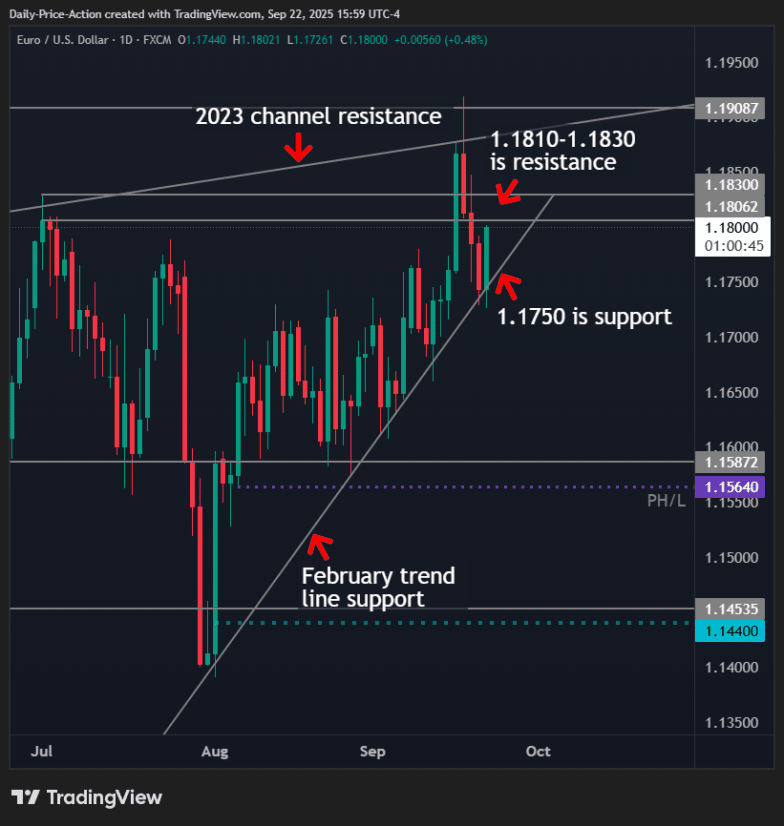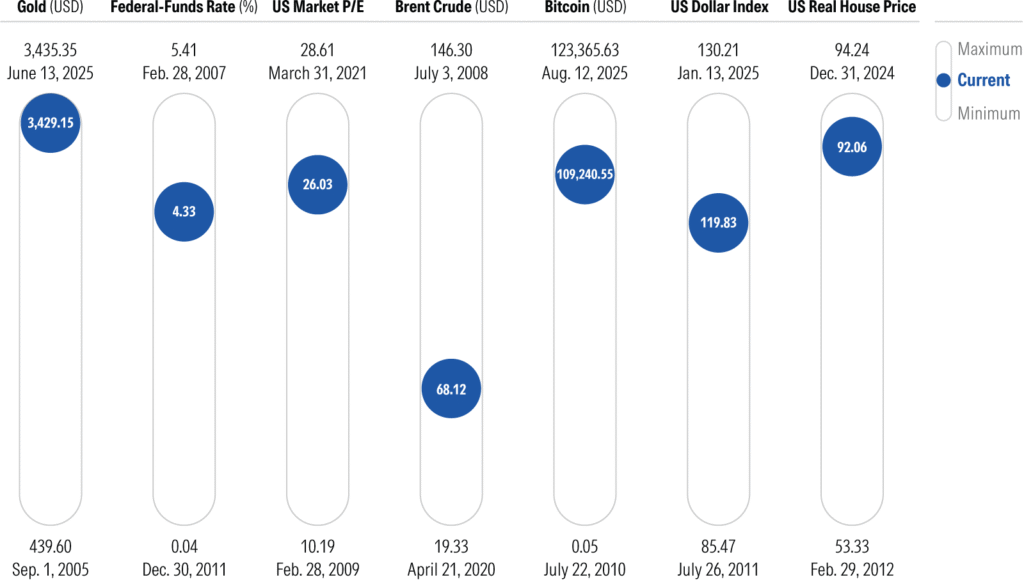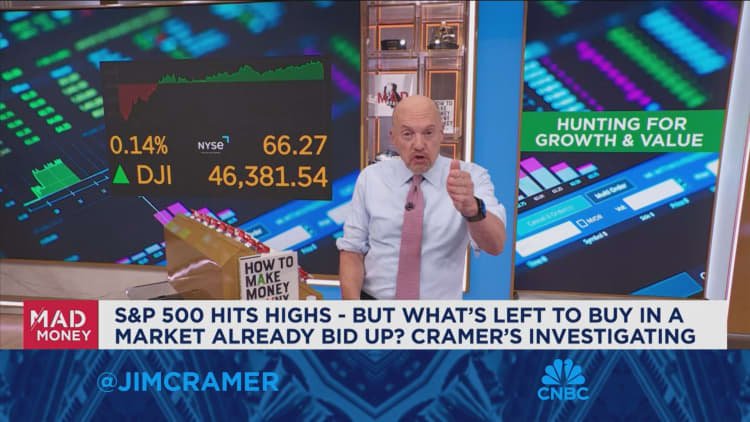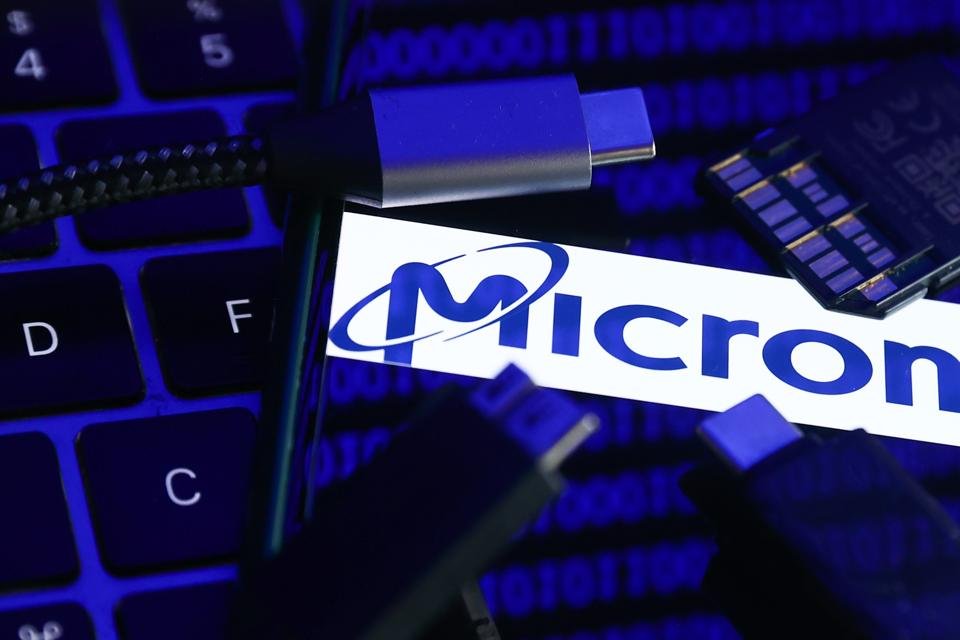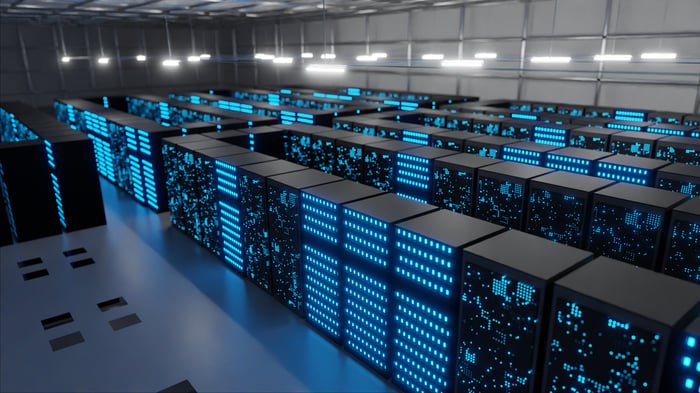They’ve got the money and the chips. Now they need the power.
Nvidia announced Monday that it plans to invest $100 billion in OpenAI in a deal that would give the ChatGPT maker a major leg up in the AI race — access to 10 gigawatts worth of the high-powered GPUs it needs to satisfy its mushrooming growth strategy.
What the deal can’t guarantee — and what neither company mentioned — is how OpenAI will access the enormous amount of electricity needed to fire up those chips.
“It is a huge hurdle to get access to power,” said Benjamin Hertz-Shargel, head grid expert at the energy consulting firm Wood Mackenzie. Monday’s deal announcement, he added, is “a far cry” from a finished data center.
The deal, which the companies committed to in a letter of intent, highlights a growing constraint of the AI race: Access to electricity. The US power grid is already strained by an explosion of data center construction. Adding another 10 gigawatts of demand would amount to adding a power load nearly equivalent to New York City at its summer peak.
“Nationally, utilities are reporting the need for about 60 gigawatts of new power — six large cities’ worth — to serve new data centers by the end of the decade,” said Rob Gramlich, an energy policy consultant and founder of Grid Strategies.
OpenAI declined to comment for this story, but its deal with Nvidia underscores the physical and financial challenges required to develop and commercialize AI. Beyond cutting-edge software, leaders must have access to chips, data centers, and the electricity needed to power that infrastructure.
“Infrastructure is critical to everything we do,” OpenAI CEO Sam Altman said in a joint interview with Nvidia CEO Jensen Huang on CNBC on Monday. “Without doing this, we can’t deliver the services people want.”
The ‘silent bottleneck’
Limited access to power amid rampant data center growth is “the silent bottleneck” slowing the pace of Big Tech’s ambitions for AI, said Brad Gastwirth, global head of research and market intelligence at Circular Technology.
Data centers access electricity the same way everyone else does — by connecting to the power grid through public utility companies and paying them for service. However, connecting to the power grid can come with a slew of regulatory and financial hurdles that are only increasing as utilities struggle to keep up with skyrocketing demand.
Related stories

Business Insider tells the innovative stories you want to know

Business Insider tells the innovative stories you want to know
The surge in new service requests from data centers is so unprecedented that it has overwhelmed the country’s major utilities and sparked a mad dash to build new infrastructure — a complex process that requires years of planning and regulatory approval.
As more data centers line up to connect, new development is being curbed. Commercial real estate services firm CBRE said that roughly 5.2 gigawatts of new data centers were underway in prime US markets in the first half of 2025, a 17.5% decline in the industry’s construction pipeline from the same period a year prior, and that the limiting factor was power to light them up.
An additional 10 gigawatts of new demand adds even more pressure to an already strained system — and it represents only a slice of the electricity OpenAI will ultimately need to power its AI plans.
In July, OpenAI and Oracle announced they’d finalized plans to develop 4.5 gigawatts of data center capacity, including a site in Abilene, Texas, that was announced in January as part of Stargate, a $500 billion joint venture between OpenAI, Oracle, and SoftBank.
Nvidia declined to comment on whether an official contract had been signed, but a spokesperson for the company said that the 10 gigawatts of demand announced Monday is new and is not accounted for in any of OpenAI’s previously announced plans.
While the media focuses on stock market fluctuations and the inner workings of tech companies, “the industry is worried about power,” said Gastwirth.
Big Tech needs to ‘get creative’
It’s against this backdrop that access to electricity is gaining in value. One of the year’s largest merger and acquisition deals in the data center sector has been imperiled because shareholders believe the takeover target is worth more, in part because of its access to power.
The US power grid, as it stands today, was built in the 1950s and 1960s. It was due for major upgrades before the data center development boom, but the AI race has made new power plants and power lines — and a lot of them — a more urgent necessity. The US Department of Energy has warned that the number of blackouts in the US could increase by 100 in 2030 if new power infrastructure is not built.
Some data center operators have taken matters into their own hands, bypassing public utilities and going “off grid” to build their own on-site power plants. The first Stargate site in Abilene has done this with on-site natural gas turbines. Elon Musk has been powering his xAI data center in Memphis with natural gas generators for months, drawing ire from environmental and community activists who say they are a risk to air quality and public health.
The tech industry will have to “get creative” to solve the power problem, Gastwirth said. “This is going to become a bigger and bigger issue as each year progresses.”
Big Tech companies have significantly ramped up investment in the energy sector, pouring hundreds of millions of dollars into emerging technologies like hydrogen fuel cells and nuclear fusion. Amazon and Microsoft have signed deals to buy electricity from major industrial nuclear plants. Altman himself is a major investor in Oklo, a small modular reactor company that has, despite its pending regulatory approval, has already signed deals to power data centers.
Despite the current challenges in accessing power, experts largely see OpenAI’s deal with Nvidia as a smart strategic move, cementing the status of both companies as AI’s leading players.
Sean Farney, executive director of data center strategy and innovation and Jones Lang Lasalle, said that Nvidia is the “lead horse” in the development of cutting-edge AI processors and that OpenAI’s deal to secure that equipment was “brilliant.”
“It’s the two leaders getting together to ensure that they will continue to be the leaders,” Farney said.
The power problem, said Farney, will work itself out.
“They will find or self-source the power to make this happen. There’s too much interest and dollar signs on this deal,” he said.


